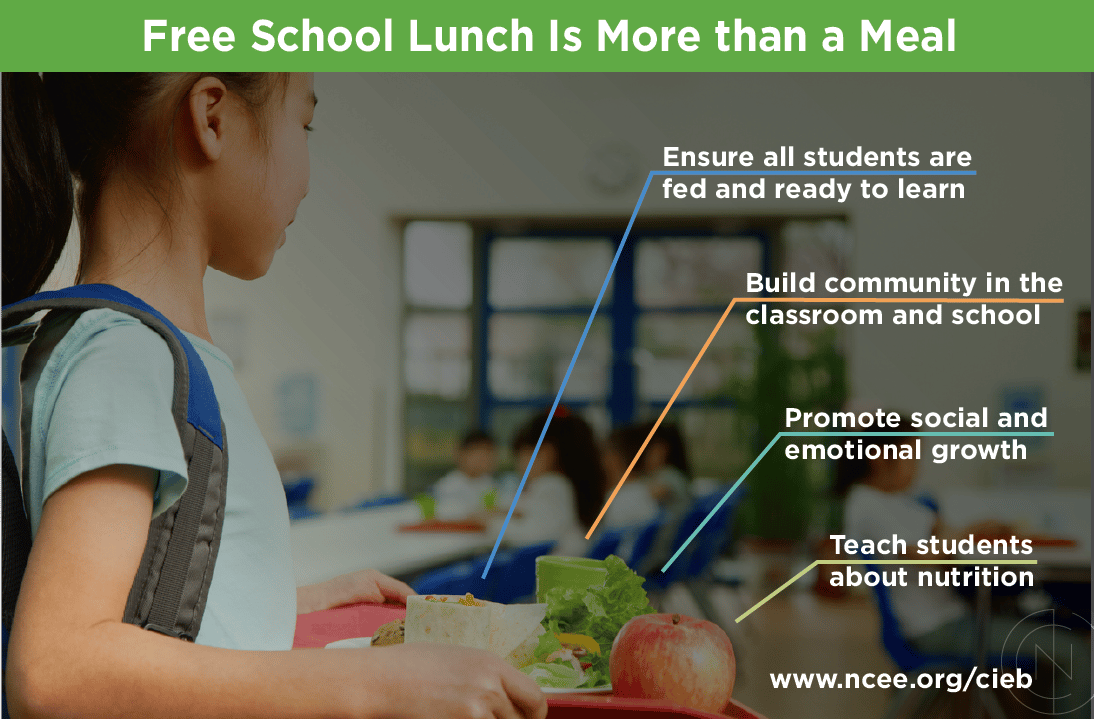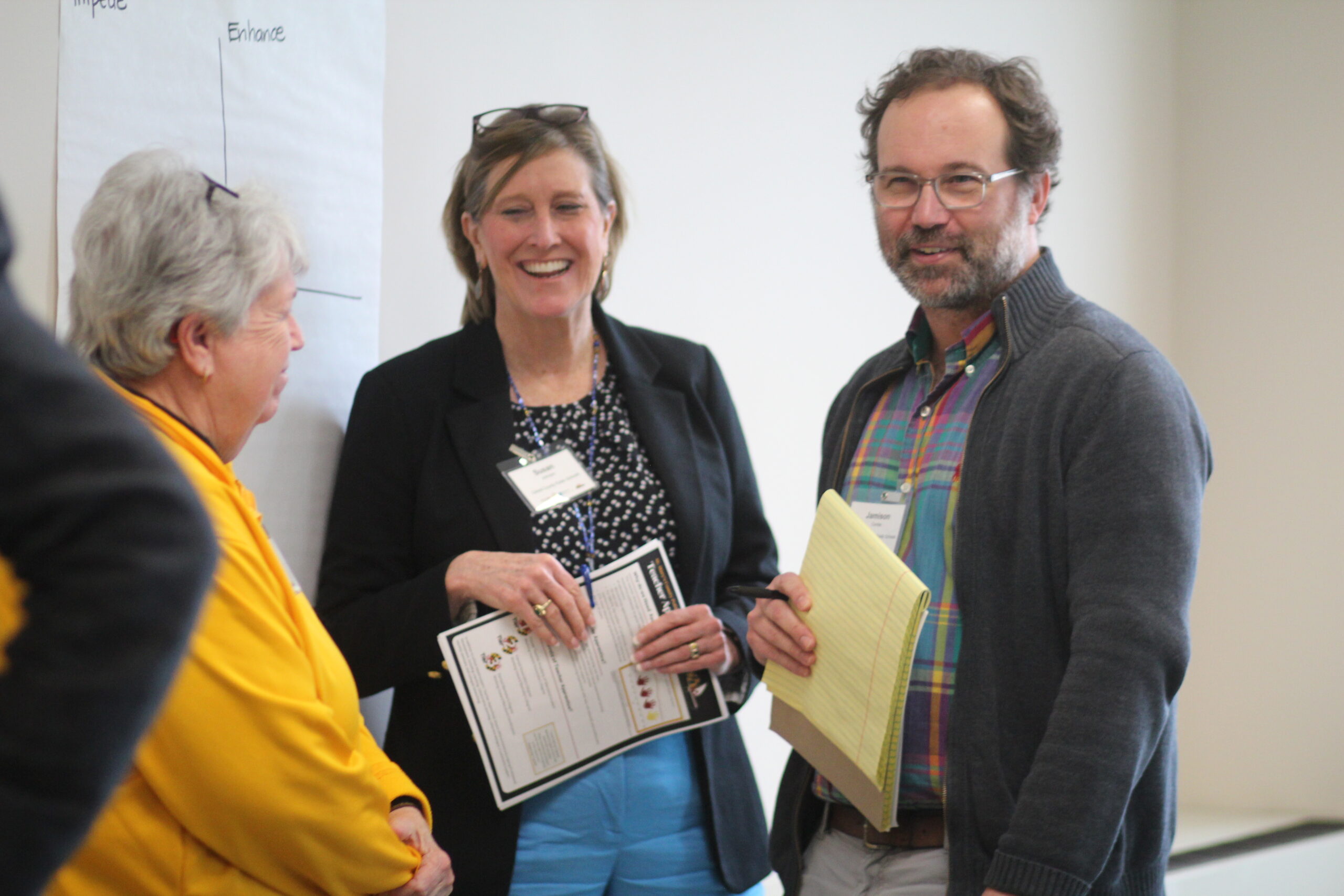
During the pandemic, the United States Department of Agriculture allowed schools to provide free meals to all students. California and Maine made this policy permanent this past year; Vermont, Massachusetts and Nevada extended it for the 2022-23 school year; and some other states have proposed similar policies. Some large cities—including New York City, Boston, Baltimore and Chicago—already offer free meals for all students. In California, additional funding from pandemic recovery funds was added to make the meals more nutritious and appealing to students.
Providing meals for all students, and using meal times as a way to promote learning, is a policy many top-performing systems use to ensure that all students are healthy and ready to learn. Finland was the first country in the world to provide free daily school meals for all school children in 1948, a policy initially put in place to encourage more students to attend school regularly.
The rationale in many top-performing systems is not just to ensure that students are adequately fed but also to build community, provide a platform to educate students about nutrition, and make sure all students have an equal lunch. They use lunchtime to promote social and emotional growth and teach nutrition and personal responsibility. In Japan, for example, where school lunch is not free but is highly subsidized, all students eat a school-provided lunch together in their classrooms, which they also prepare and serve. Lunch is referred to as shokuiku which translates to “food and nutrition education.” Some classrooms in Shanghai also use a common class lunch as an opportunity to teach children about nutrition. Estonia provides free lunch for all students and teachers and school staff typically eat lunch with students, which helps build community in the school.
For more on how top performers provide a broad foundation of supports to serve every child, see NCEE’s Blueprint.




